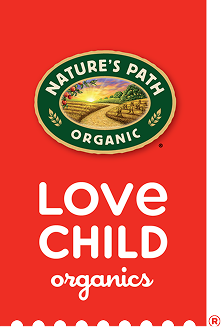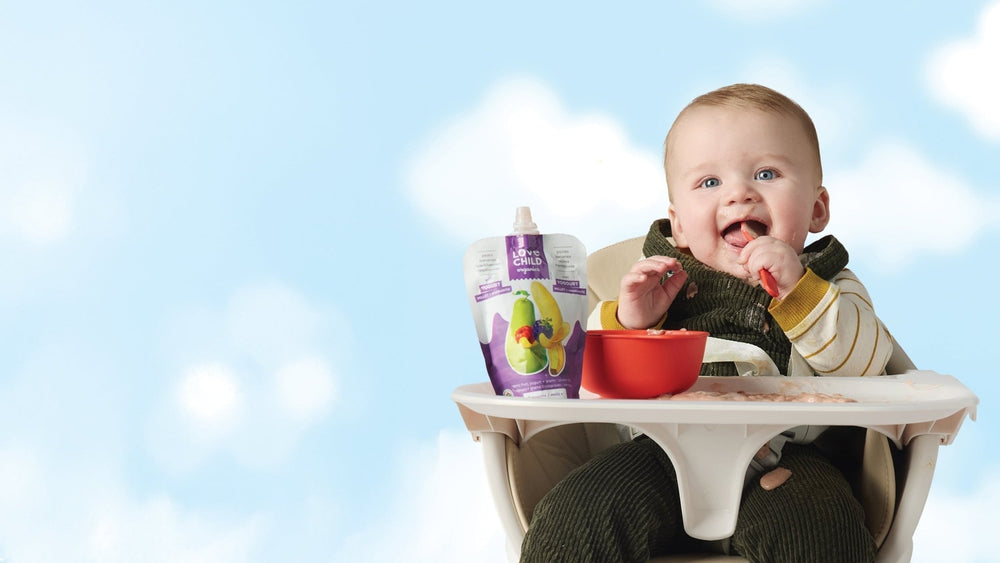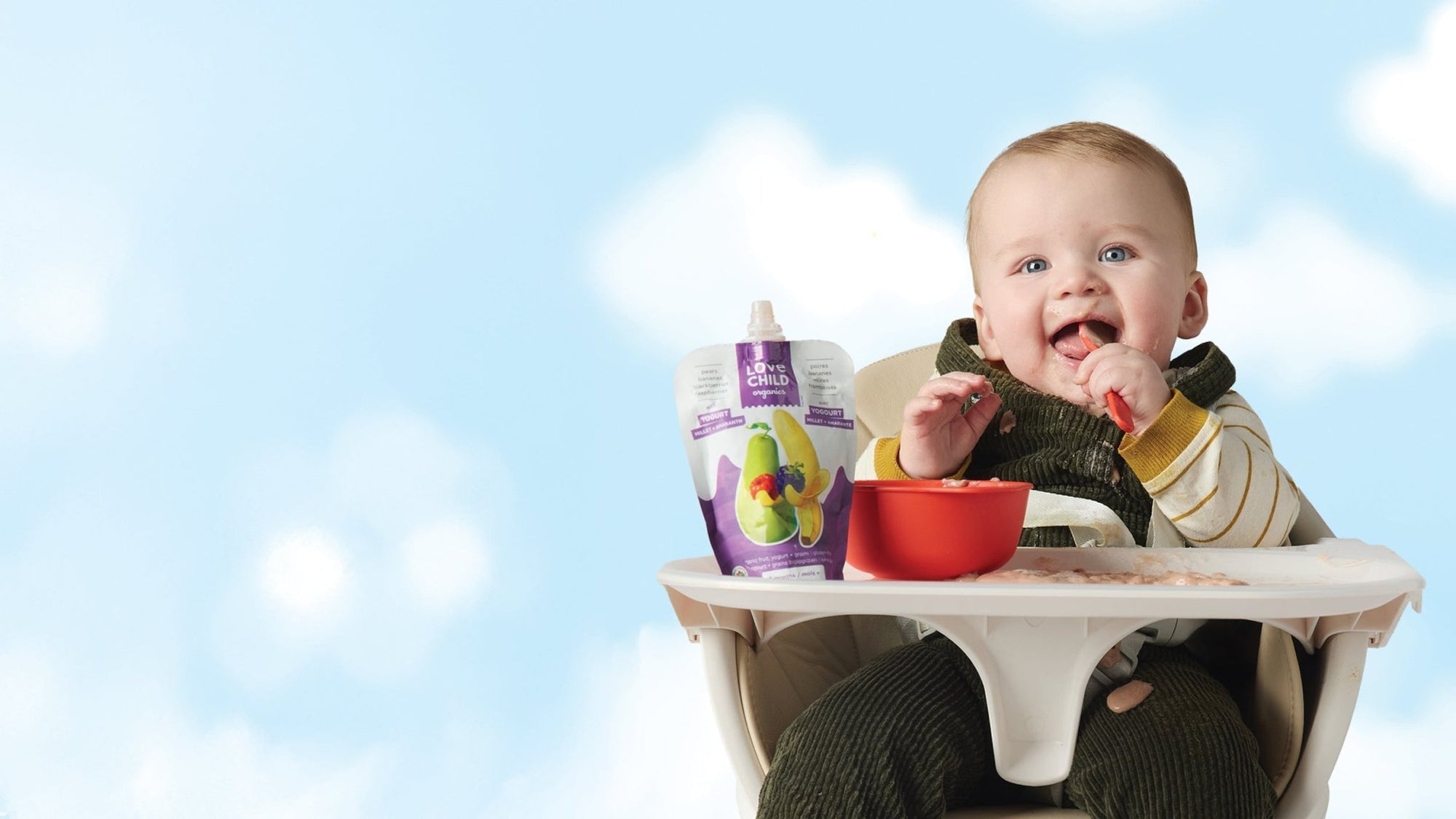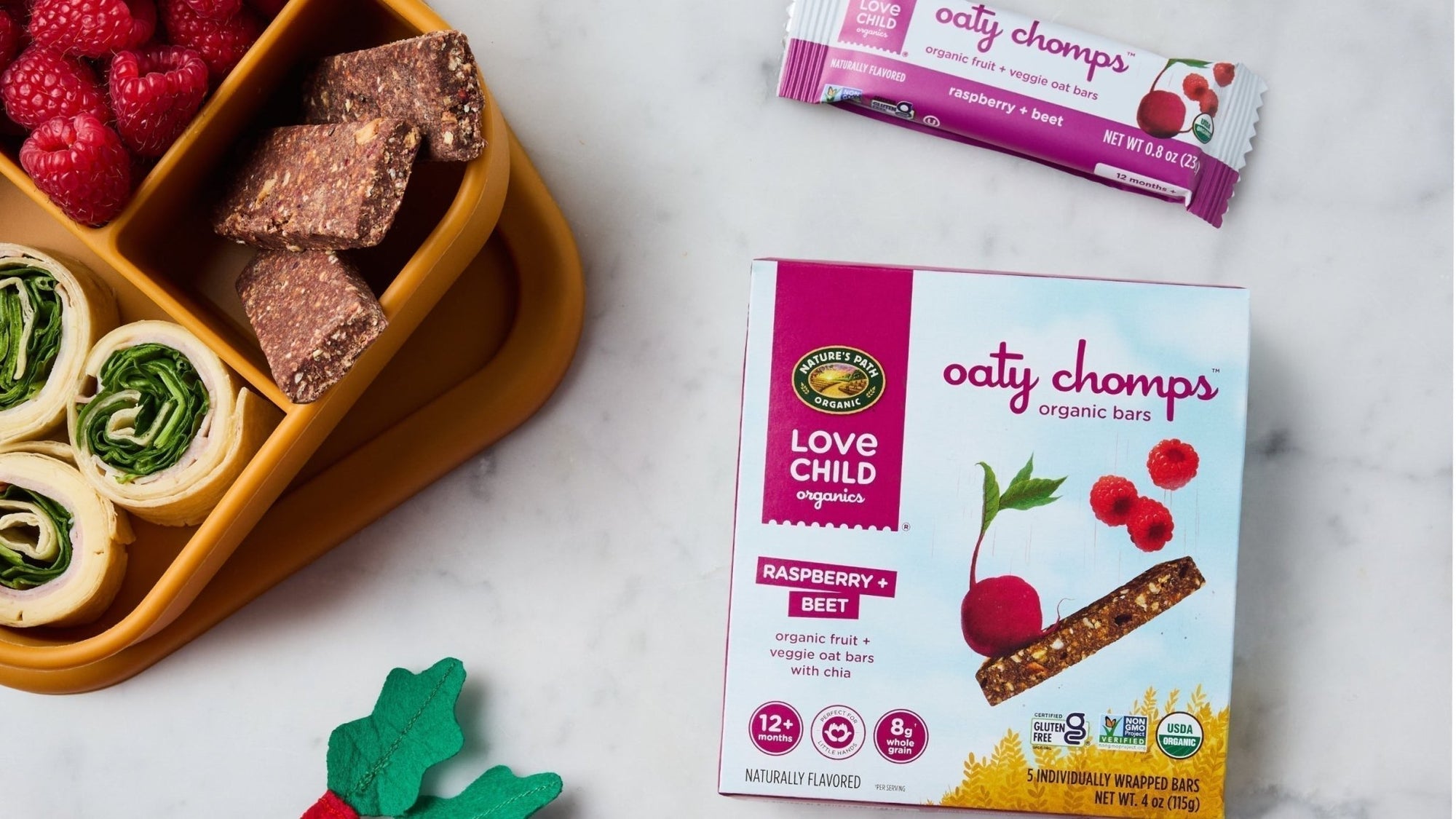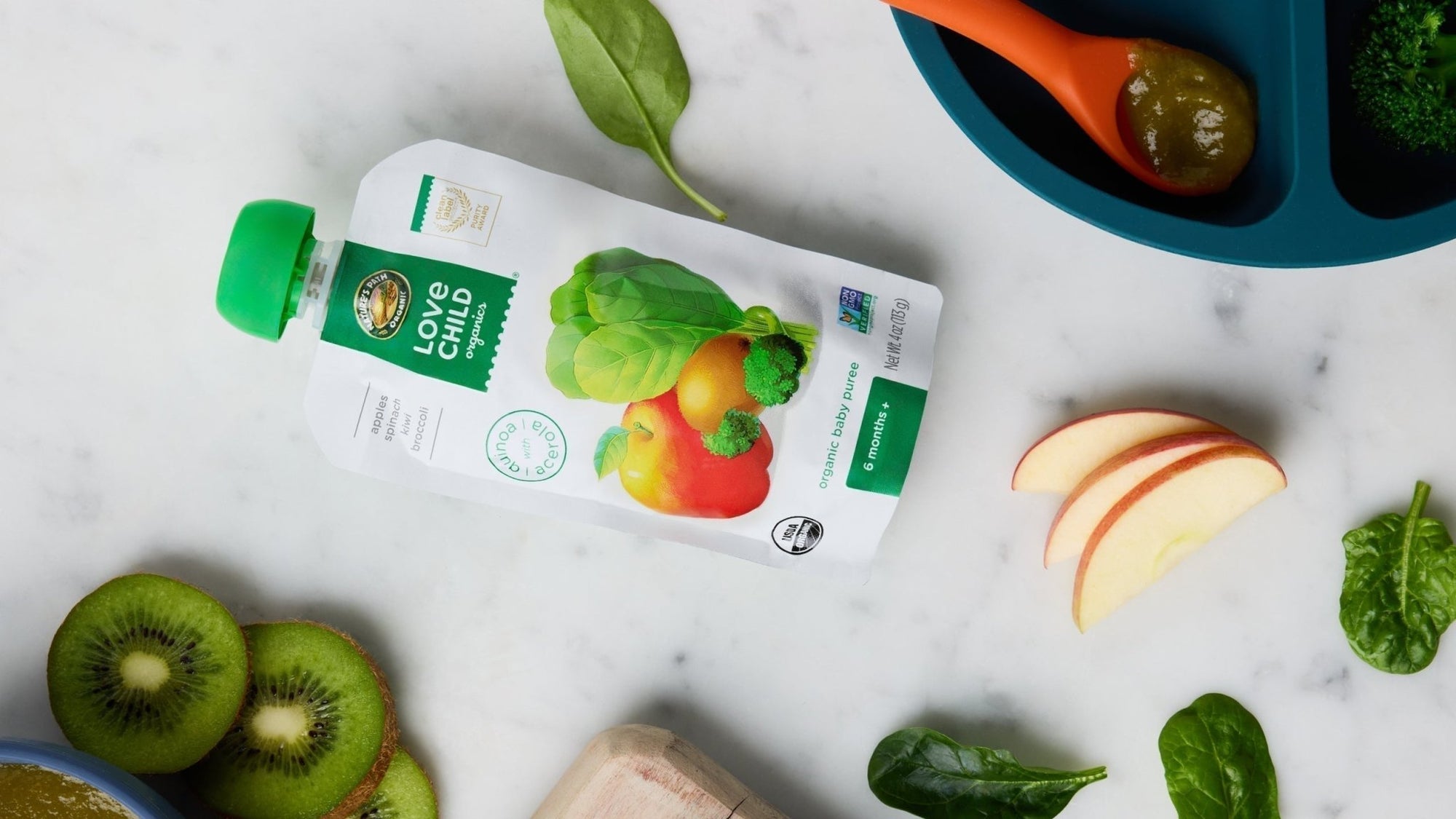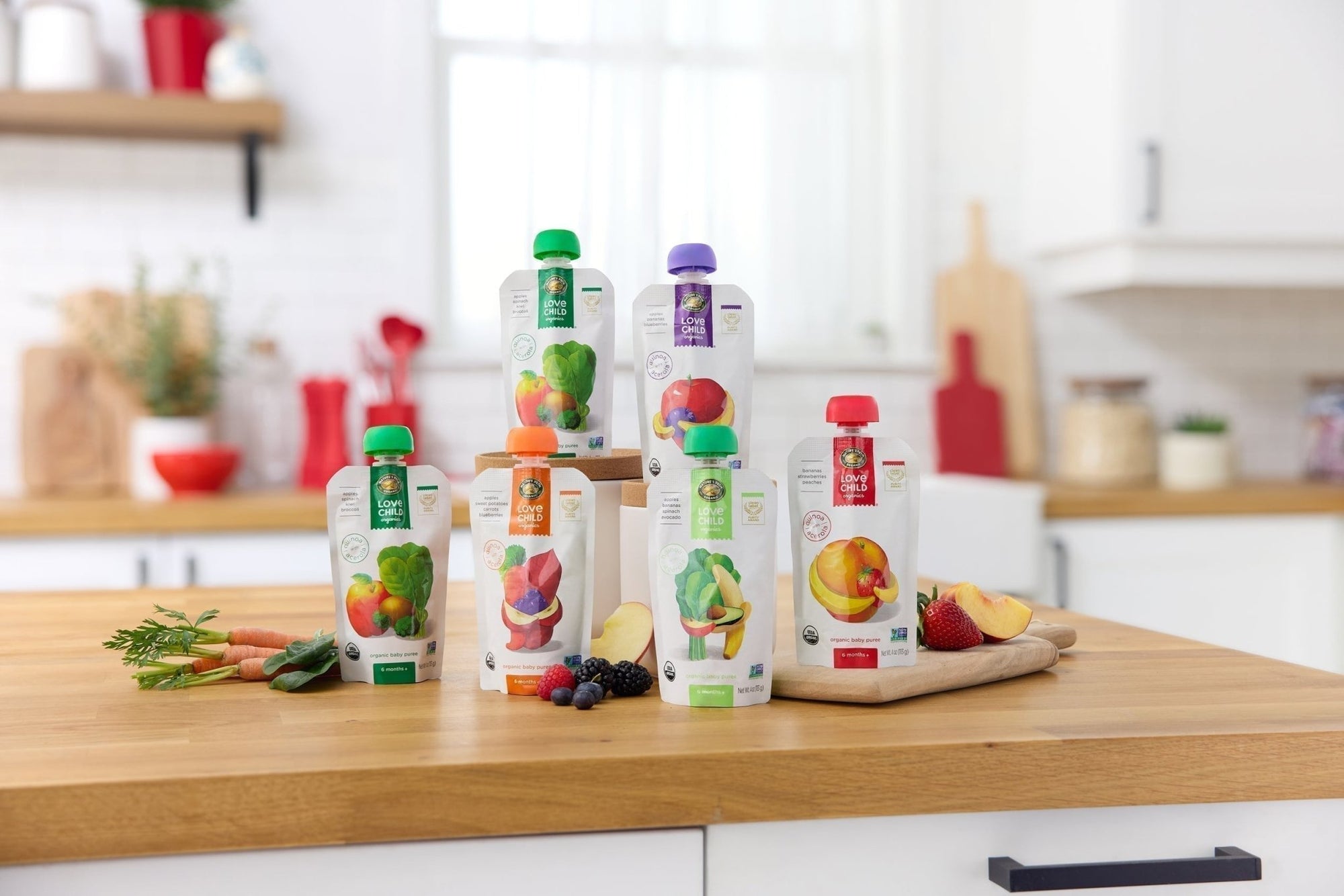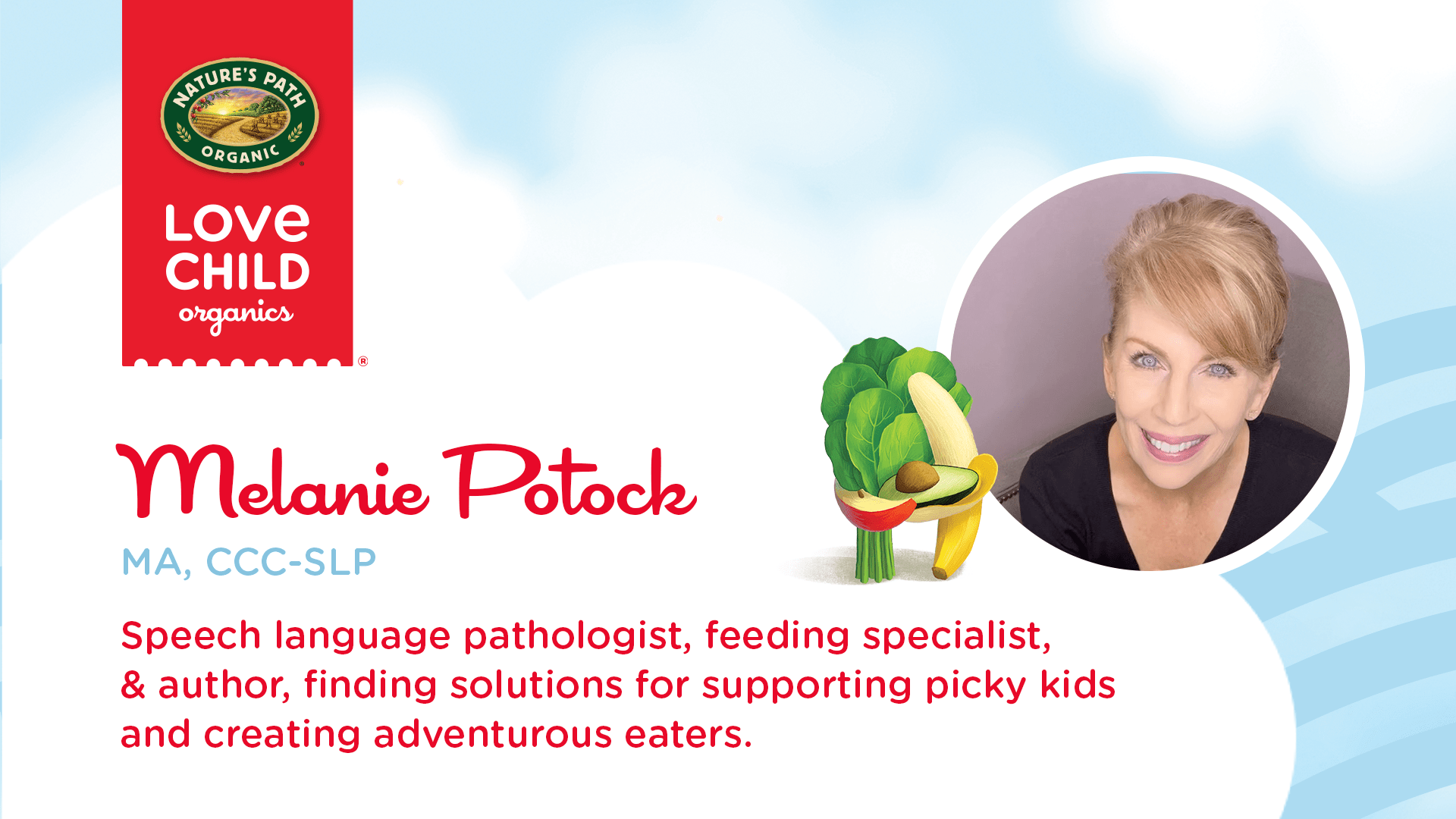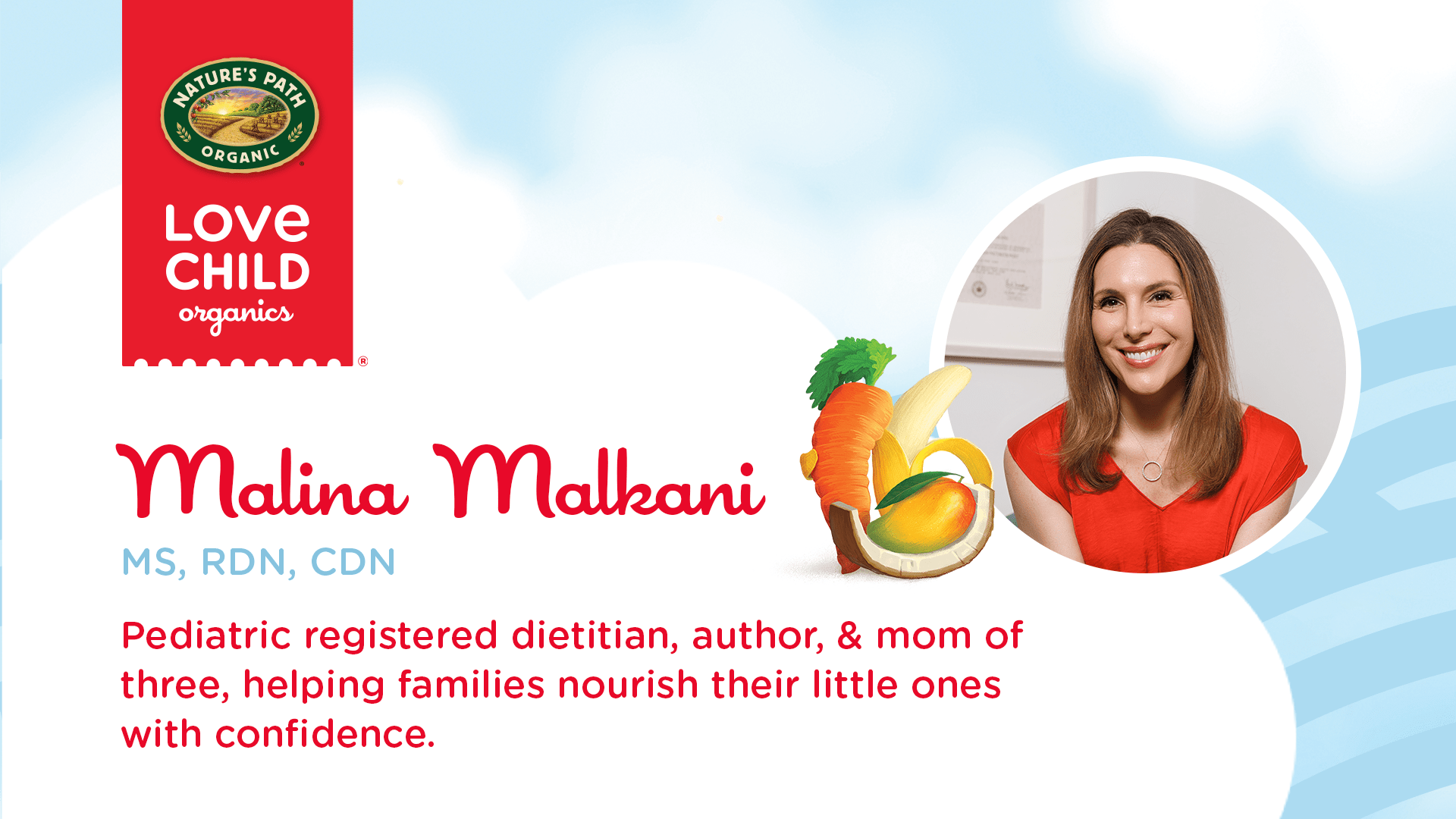
Tips for Feeding a Picky Eater
Whether your baby is a hesitant eater when starting solids, your toddler has suddenly become picky, or perhaps your school-age child seems stuck in a chicken-nugget rut, we know that having a fussy or picky eater can be worrisome for caregivers!
Is Baby Hesitant to Start Solids?
Babies typically show signs of readiness for starting solids between 5 ½ to 6 months of age. Necessary signs include:
-
Head and neck control
-
Trunk stability
-
Sitting up with minimal support
-
Bringing toys and fists to mouth with ease
Other positive signs, although not always indicative of readiness, include:
-
Showing general interest in food and others’ eating
-
Lip smacking and open mouth in anticipation
-
Reaching for caregiver’s food
-
Doubling their birth weight
If your baby is cautious about interacting with, tasting, or swallowing purees or soft solids, you’ll notice they communicate their hesitancy by:
-
Resisting sitting in the highchair
-
Turning their face away from food, spoons or pouches
-
Fussing, crying, or showing displeasure while exploring solid foods
Try the following strategies, taking it slow and reading baby’s cues to help them learn to find joy in food:
-
Be sure their highchair offers adequate support for their hips and trunk. Baby should be upright, with the tabletop or tray positioned just below their armpits so they can rest their elbows or forearms on the surface.
-
Start by squeezing a tiny bit of puree onto the tray/clean tabletop. Try the Superblends Pears, Kale + Peas Puree – it’s so tempting for little hands to explore! Babies often need to experience food via touch before taste. They are wired to bring their hands up to their mouths once they feel comfortable, and so with time, they will typically take that next step on their own.
-
When spoon feeding, always hold the spoon parallel to the tray as it enters baby’s mouth. Pause and let them suck off the food before pulling it straight out. Never scrape food onto the roof or gumline of the mouth, as this disrupts the natural progression of sucking and swallowing.
Some babies do best with handheld foods, like pieces of soft avocado or butternut squash. But playing in puree exposes baby to similar tastes and aromas, so do both!
If baby is still hesitant after trying these tips for 2 weeks, yet is demonstrating all the readiness signs noted above, talk with your pediatrician about any concerns you may have.
Are All Toddlers Really This Picky?
Between the ages of 18 and 36 months, many toddlers become picky eaters. Their growth slows down considerably after their first year, and thus, their appetite does too. It can be frustrating for parents, but focusing on these 3 strategies will help:
-
Try your best to keep them on a meal and snack time schedule, without grazing in between. This ensures that toddlers are hungry when new foods are offered and increases the likelihood that they will interact with new foods, even if tasting comes later.
-
Always include one food at mealtime that your child typically enjoys. Start with just ¼ cup, so that other options on the plate are a pleasant possibility too! Serve one tablespoon of the foods they are less likely to eat to keep new foods underwhelming and to reduce food waste. Remember, it’s fine if they don’t eat it today. Offer more as needed if baby appears to want more of anything.
-
Offer a variety of flavors, even when serving their favorite snack. Love Child Organics Oaty Chomps bars come in 4 nutritious, fiber-rich and yummy options, including Blueberry + Carrot, Raspberry + Beet, Apple + Sweet Potato, and Cherry + Spinach flavors!
School-Age Kids: Do They Grow Out of It?
By age 3, many kids have become more adventurous eaters because their caregivers consistently exposed them to tiny samples of a variety of foods at meal and snack times.
But if you’re still battling picky eating in the young school-age years, try these easy strategies for more exposure and more fun!
-
Mix it up! Make snack bags with 2 to 3 nutritious, bite-sized snacks. A favorite combo for four-year-olds includes nutrient-rich Oaty Bites in the Blueberry + Carrot flavor, plus some Carrot + Apple-flavored Love Ducks for extra crunch! These little ducks aren’t just for toddlers, and you can feel good about the ingredients, including non-GMO corn flour and dehydrated fruits and veggies.
-
Use fun tools! Ever seen those decorative toothpicks used on the tops of cupcakes? Try those for piercing small samples of roasted veggies or new shapes of pasta for a low-pressure way to try new foods. Or, show kids how to use chopsticks for almost any dinner, or straws for trying a new soup. Remember, adults can use fun tools with the kids, too – mealtimes should be fun!
Still Worried About Your Picky Eater? Rest assured that there is help for mild to extreme picky eating in the form of feeding therapy. Your pediatrician can refer your child for a pediatric feeding evaluation, and customized strategies for their unique needs can make all the difference! Got more questions? Drop me a DM on Instagram, and tell me you read this blog. I’d love to be of help!
AUTHOR BIO
Melanie Potock, MA, CCC-SLP, is a pediatric feeding therapist, international speaker, and certified speech-language pathologist with over two decades of experience helping children and families establish healthy relationships with food. Known as “Coach Mel” on Instagram (@mymunchbug_melaniepotock), she is the author of six books, including the award-winning Raising a Healthy Happy Eater and Responsive Feeding, and the recent recipient of ASHA’s 2024 State Clinical Achievement Award. A sought-after expert in both typical and complex feeding development, Melanie combines evidence-based strategies with real-life parenting insight. Her guidance has been featured in over 50 media outlets, including CNN and The New York Times. Certified by ASHA and licensed in Colorado, Melanie has received eight ACE awards for excellence in continuing education and provides training for healthcare professionals worldwide.
